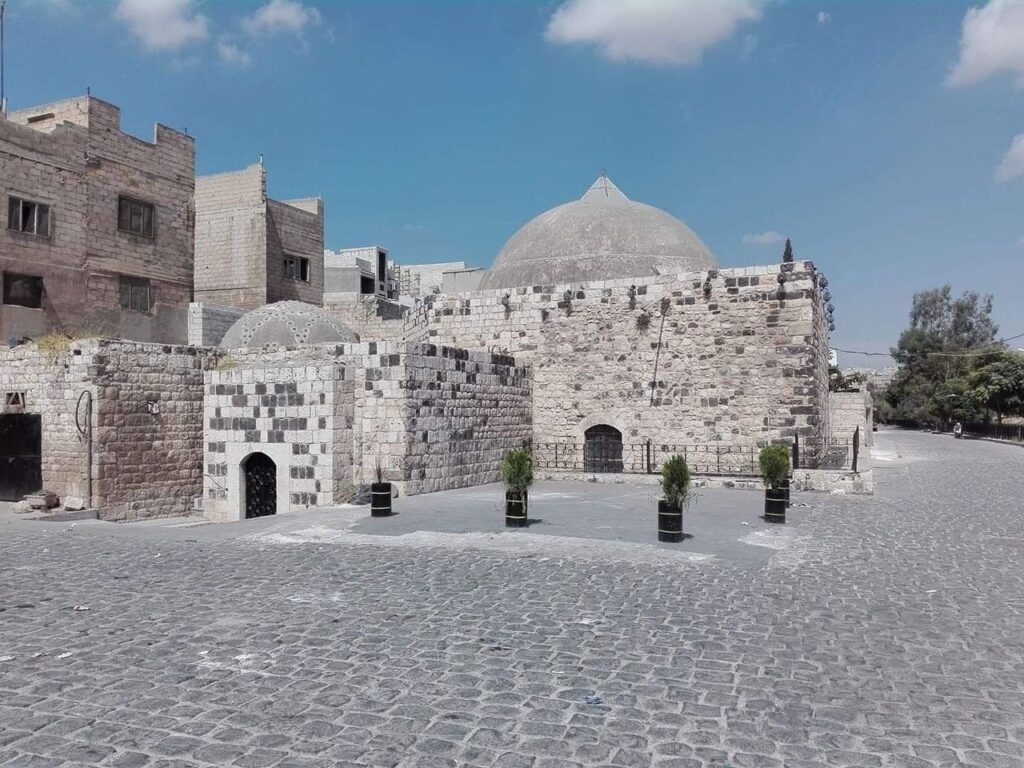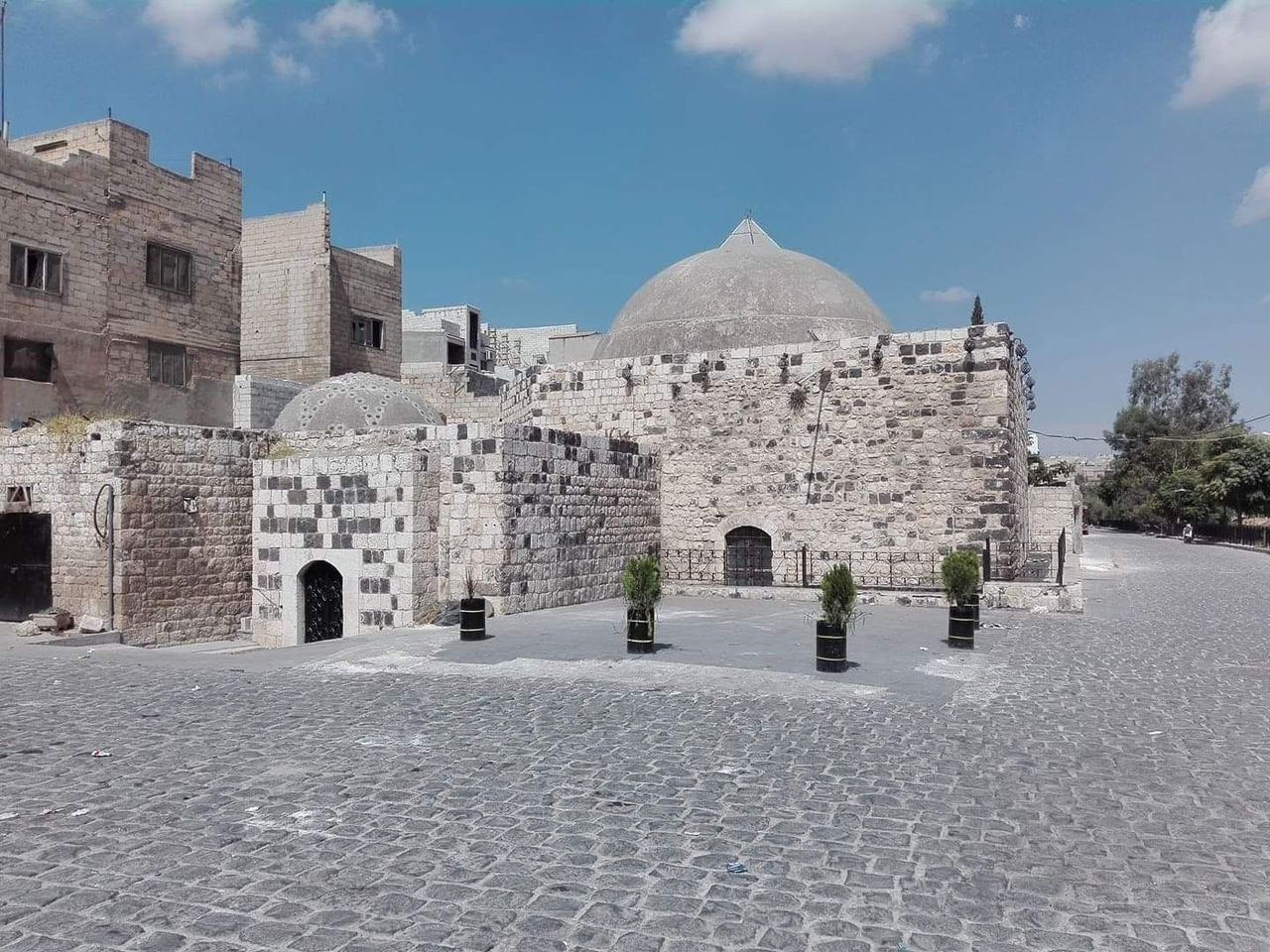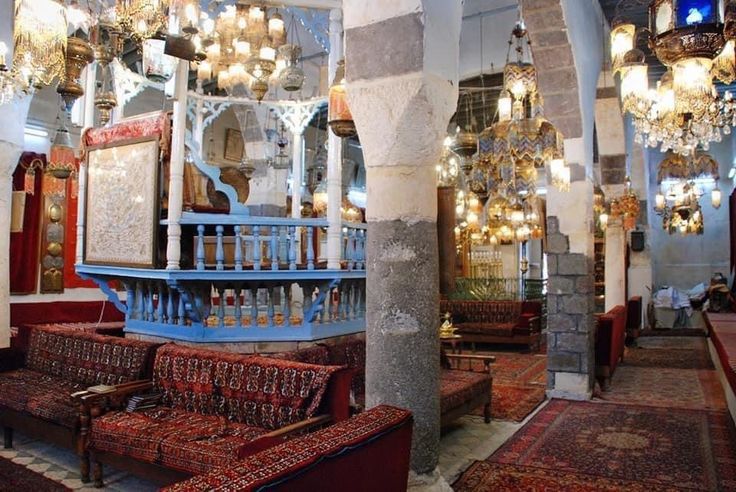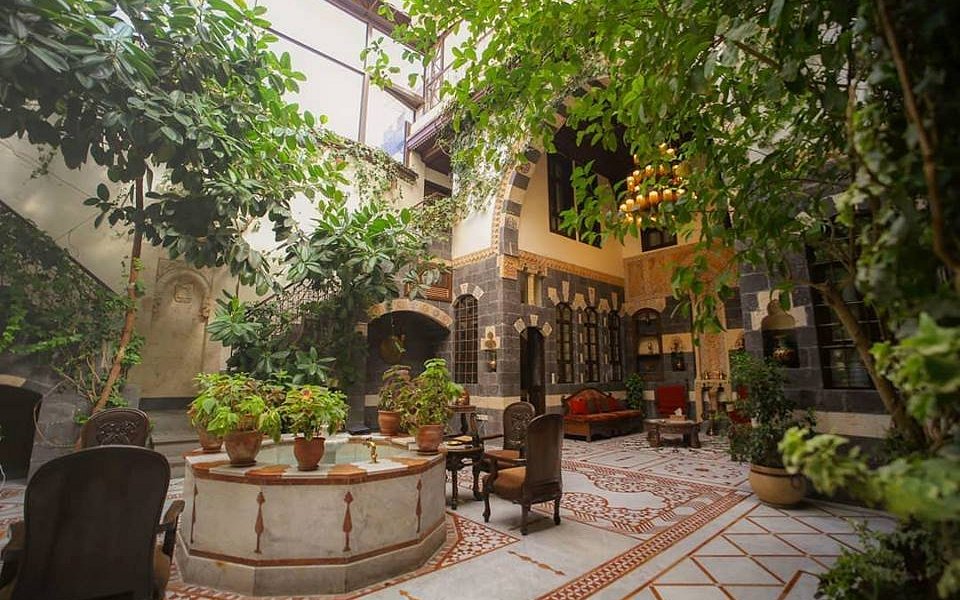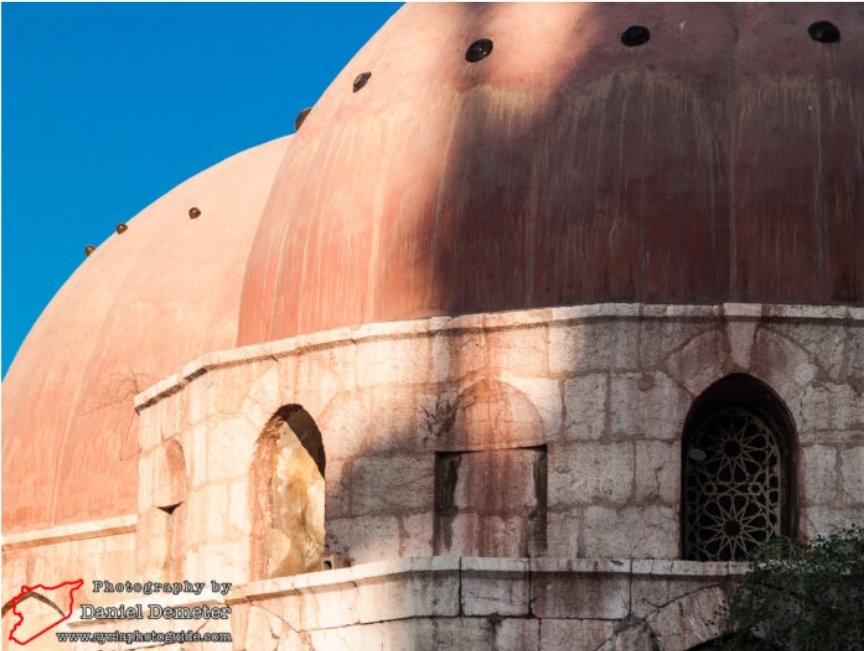The Sultan’s Bathhouse stands as one of Hama’s oldest Ottoman hammams, constructed in the 16th century. It was intentionally named in homage to Sultan Suleiman the Magnificent, as indicated by a commemorative inscription at its entrance. The bathhouse adheres to the classic Ottoman tripartite layout, comprising the Bayt al-Nar (heating section), the Bayt al-Wastani (warm room), and finally the Bayt al-Barrani (cold room). All sections are covered by domes perforated with hexagonal stars, allowing for the ingress of filtered light.
A particularly striking feature is a marble plaque bearing a “sunburst” motif (lines radiating from a circle), symbolizing the “honor of bathing.” This decorative element is notably rare among bathhouses in inland Syria. The hammam remained operational until 2010 when it was closed due to economic considerations.
